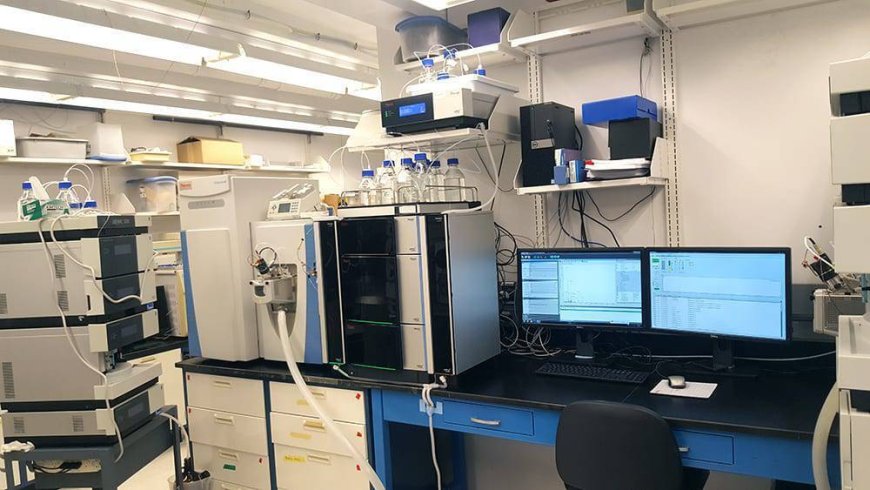Maynooth University Researchers Make Breakthrough in Studying Mycetoma Disease
Researchers at Maynooth University have made a significant breakthrough in studying mycetoma, a neglected tropical disease. Using mass spectrometry technology, they identified the role of iron in the virulence of the causative fungus. The findings, published in Nature Communications, shed light on potential treatment strategies for this chronic skin infection.

The researchers at Maynooth University have made a breakthrough on the tropical disease mycetoma using mass spectrometry technology. This technique separates ionized particles to determine molecular weight by measuring charge to mass ratios.
In 2024, Maynooth University received €1.8m from Research Ireland for liquid chromatography-mass spectrometry to detect biomolecules. Mycetoma is a serious health issue in low to middle income countries, requiring surgery and amputations in advanced cases.
Prof Sean Doyle and researcher Cathal Murphy collaborated with teams from the Netherlands, Japan, and Sudan to study the chronic skin infection. Their findings, published in Nature Communications, mark a significant milestone in mycetoma research.
The disease is caused by the fungus Madurella mycetomatis, forming protective black grains in patients' tissue. Research led by Prof Wendy van de Sande and Prof Imad Abugessaisa highlighted the role of iron in the virulence of Madurella mycetomatis.
Prof Doyle expressed delight in MU's involvement due to their expertise in fungal natural product chemistry and mass spectrometry. The study used an invertebrate animal model to track grain formation and RNA analysis to show the importance of iron homeostasis in mycetoma grain formation.
What's Your Reaction?
 Like
0
Like
0
 Dislike
0
Dislike
0
 Love
0
Love
0
 Funny
0
Funny
0
 Angry
0
Angry
0
 Sad
0
Sad
0
 Wow
0
Wow
0

















































































































































